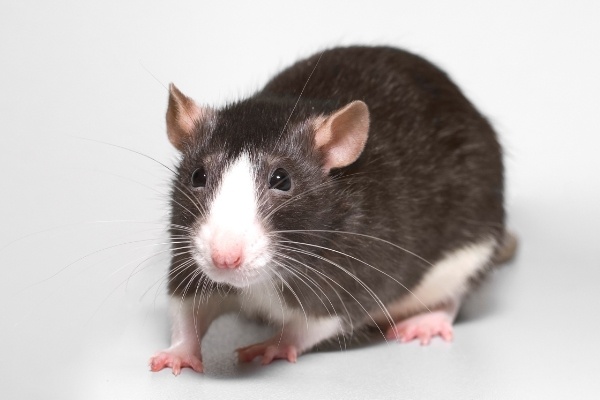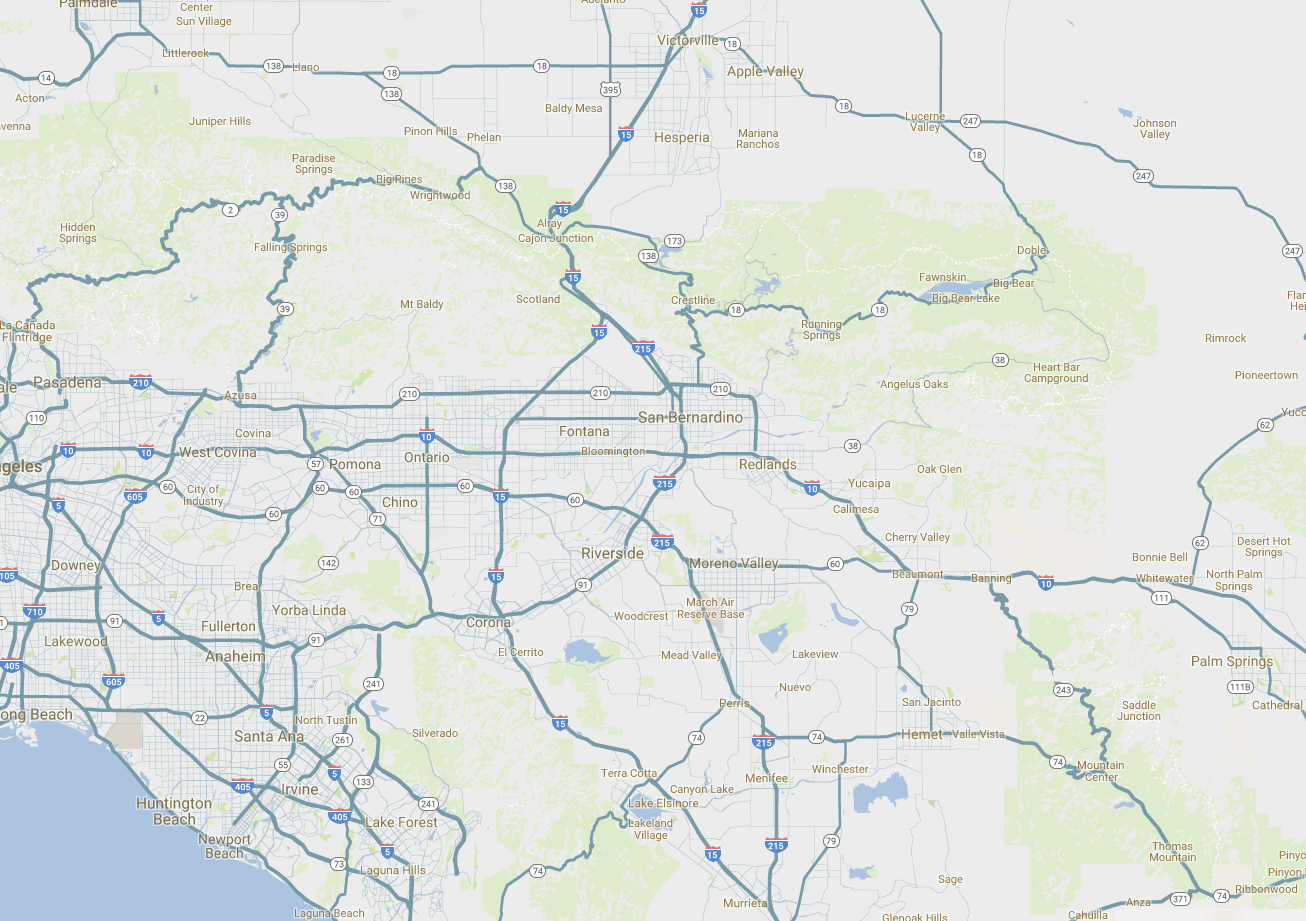Rodents like to take up residence in ductwork by chewing their way in or searching out an unsealed access. They settle in and use this distribution system as their own personal highway to access different areas of a home. If a homeowner ignores the issue, it could lead to serious structural damage. The result is a loss of conditioned air through the attic meaning the HVAC system will not work at maximum efficiency.
Assessing the Problem
Homeowners may only realize they are sharing their home with a family of mice or rats when it is too late. Rodents like to make nests using insulation materials, making this area an optimal dwelling. Holes in the walls or ductwork, rodent droppings, and insulation coming out of the heat registers indicate the presence of these uninvited guests. Residents should be attentive to any noise or movement coming from the attic, walls, or ductwork. An unusually bad smell coming from the vents usually suggests the presence of a dead rodent. Actively resolving the problem can help prevent damage to ductwork that contributes to lower home comfort and higher energy bills.
Fixing the Problem
Rats in the home can make owners hesitate to turn on their system for fear of wasting energy by letting conditioned air escape. To remove the nuisance and maximize energy use, homeowners should begin by figuring out the entry points in the ductwork and patch those up with duct tape. If there is extensive damage you may want to contact a professional. Sprinkling talcum powder near the possible entry points is used to detect rodent feet trails and dictate where to set traps. By using snap traps and morsels of aromatic foods like cheese, peanut butter, dried fruit or bacon, homeowners can catch these inconvenient pests.
Before setting the traps, turn off the heating and air conditioning system. Remove the registers, set the traps, and put the registers back on to heat or cool the home again. Each morning, use a flashlight to check the traps. Dispose of any rodents with gloves and plastic bags. Continue this process until all of the rodents have been removed.
Preventative Measures
In order to reduce the chance of the problem persisting, store food in metal containers or a refrigerator. Rodents like to find food and store it in their new residence, the ductwork. Additionally, entry points in ductwork must be repaired not only to prevent rodents from entering, but also to keep conditioned air within the confines of the ductwork. That may mean replacing certain sections of the ductwork or the complete system entirely. Only a professional can make an assessment after maintenance has been performed. Lastly, air purifiers in the home like the Lennox Pure Air can help eliminate air odors left behind by rodents and improve indoor air quality.
An unsealed system makes a family prone to bugs, rodents, and dust. Our Southern California technicians offer full and partial ductwork repair or replacement. Call us at (909) 792-2222 or schedule a service appointment today.












